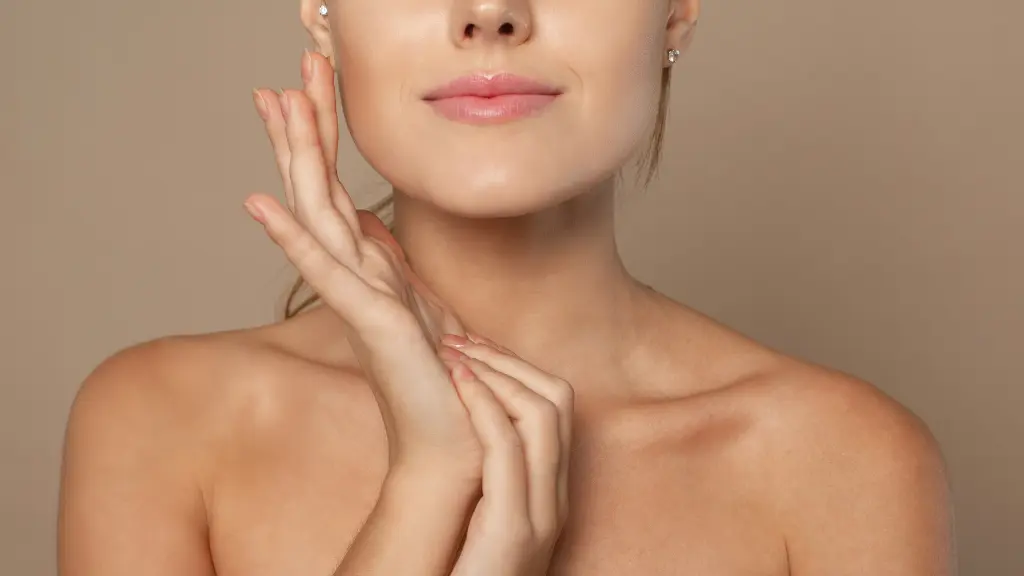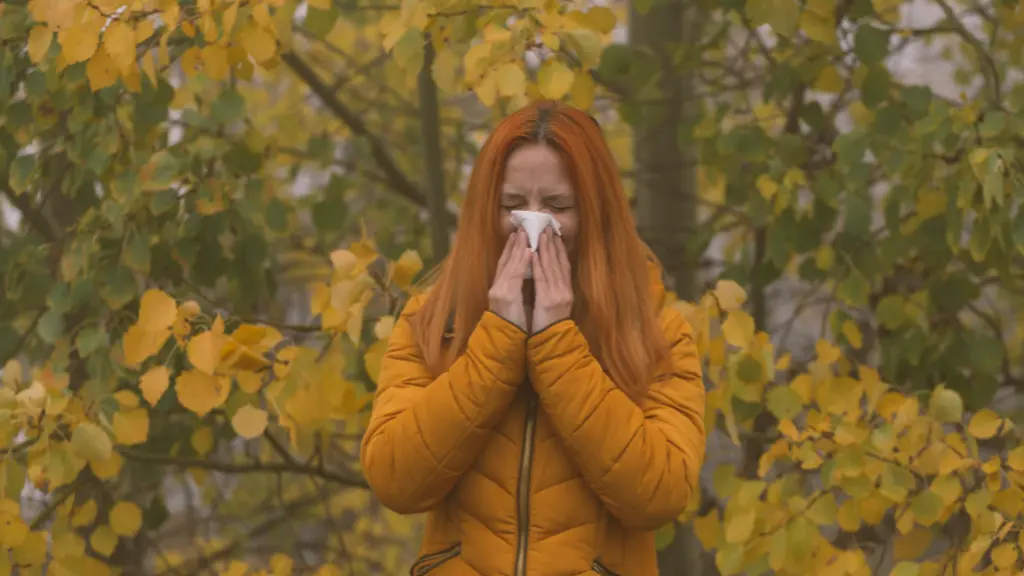Spider veins, also known as telangiectasias, are tiny, dilated blood vessels that appear near the skin’s surface. They are often red, blue, or purple and may look like fine lines, web-like patterns, or branches.
While commonly seen on the legs, spider veins can also appear on the face, especially around the nose and cheeks.
You May Also Like: Understanding Severe Flu Risks
What Causes Spider Veins on the Face?
Several factors can lead to the development of spider veins on the face:
1. Sun Damage
Prolonged sun exposure weakens the skin and blood vessels. This can lead to the development of spider veins, especially in fair-skinned individuals.
2. Genetics
Family history plays a significant role. If your relatives have spider veins, you may be more prone to developing them.
3. Aging
As we age, our skin becomes thinner, and blood vessels become more visible. Aging also weakens vein walls, making them more likely to dilate.
4. Rosacea
Rosacea, a chronic skin condition, often causes redness and visible blood vessels on the face.
5. Hormonal Changes
Fluctuations in hormones due to pregnancy, menopause, or birth control use can contribute to spider veins.
6. Lifestyle Factors
Smoking, excessive alcohol consumption, and high blood pressure can all impact blood vessel health, increasing the risk of spider veins.
7. Physical Trauma
Injuries or repeated pressure on the face (e.g., rubbing or harsh skincare) can damage blood vessels, leading to spider veins.
Can Spider Veins Be Fixed?
Yes! Spider veins on the face can be treated effectively with a variety of medical and natural approaches. Your choice of treatment depends on the severity and your preferences.
Medical Treatments for Spider Veins
1. Laser Therapy
Laser therapy uses focused light to target and collapse spider veins. It’s non-invasive and suitable for most skin types.
- Pros: Quick, minimal downtime, long-lasting results
- Cons: Can cause mild redness or swelling post-treatment
2. Intense Pulsed Light (IPL)
IPL is similar to laser therapy but uses a broad spectrum of light. It’s effective for treating spider veins and improving overall skin texture.
- Pros: Treats multiple concerns, painless
- Cons: Requires multiple sessions for best results
3. Sclerotherapy
This procedure involves injecting a solution directly into the veins, causing them to close and fade. While traditionally used on legs, newer techniques can be adapted for facial veins.
- Pros: Highly effective, permanent results
- Cons: Slight discomfort, not always suitable for small facial veins
4. VeinWave or Thermocoagulation
This method uses heat to seal off spider veins. It’s especially effective for very fine veins that lasers might miss.
- Pros: Immediate results, safe for all skin types
- Cons: May cause minor scabbing or redness
5. Chemical Peels
For mild cases, chemical peels can improve skin texture and reduce the appearance of small spider veins.
Natural and At-Home Remedies
For mild spider veins or as a supplement to medical treatments, consider these natural approaches:
1. Vitamin K Cream
Vitamin K strengthens blood vessels and reduces redness. Look for over-the-counter creams with this ingredient.
2. Cold Compress
Applying a cold compress can reduce redness and temporarily minimize the appearance of spider veins.
3. Aloe Vera
Known for its soothing properties, aloe vera can help reduce inflammation and improve skin elasticity.
4. Witch Hazel
This natural astringent tightens skin and reduces the appearance of broken capillaries.
5. Healthy Lifestyle Changes
- Avoid excessive sun exposure.
- Quit smoking and limit alcohol consumption.
- Stay hydrated and eat a diet rich in antioxidants.
Preventing Spider Veins on the Face
While you can’t completely avoid them, these habits can lower your risk:
1. Use Sunscreen Daily
UV rays damage skin and blood vessels. A broad-spectrum sunscreen with SPF 30 or higher is essential.
2. Be Gentle with Your Skin
Avoid harsh exfoliants or aggressive scrubbing. Use mild cleansers and moisturize regularly.
3. Limit Hot Showers and Saunas
Excessive heat can dilate blood vessels, increasing the risk of spider veins.
4. Manage Stress
Stress raises blood pressure, which can contribute to facial vein formation. Practice relaxation techniques like yoga or meditation.
5. Monitor Your Diet
A diet high in fiber, vitamins C and E, and bioflavonoids supports healthy veins and skin.
When to See a Dermatologist
If spider veins bother you or worsen over time, consult a dermatologist. They can assess your skin and recommend the most effective treatment options for your needs.
The Bottom Line
Spider veins on the face are a common but manageable concern. With advancements in dermatology, treatments like laser therapy and IPL offer effective solutions. At-home remedies and preventive measures can further enhance your skin’s health and appearance.
Taking proactive steps now can help you maintain clear, radiant skin. If you’re unsure where to start, consult a professional for personalized advice.










